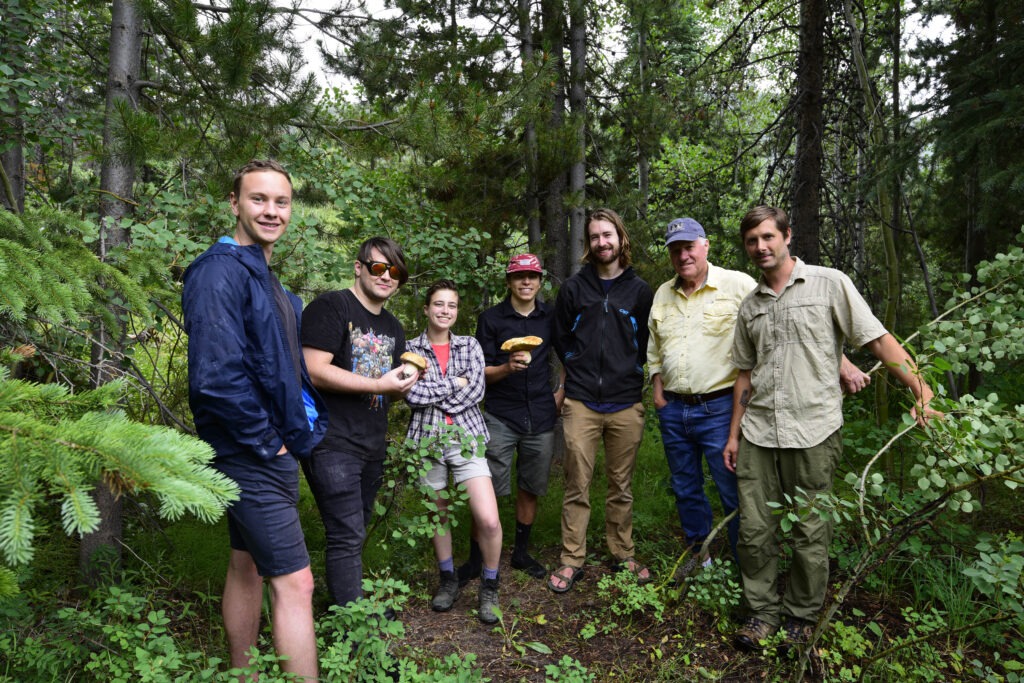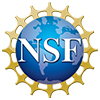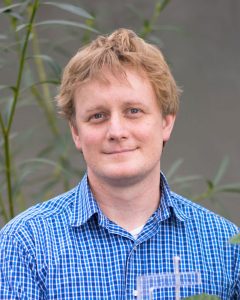Undergraduate Research Opportunities
The best time to start your research is now! Students can find a wide variety of opportunities in their major or in a topic that interests them.
The College of Science has a long tradition of exceptional research. Working in a lab is one of the best experiences you can pursue as a College of Science student. Students across campus are participating in cutting-edge research that is making an impact on daily lives.
Where to start? Current professors are a great resource - they can connect you to research labs and faculty peers. College departments maintain a list of research projects currently being done, and the Student Engagement Coordinator can help you reach out to find opportunities.
Tips for Finding Research:
- Talk to your professors! They are a wealth of knowledge and LOVE to talk about their work. Talk to them after class, or set an appointment to talk about their work and your interests.
- Go to the department's website (linked below) that you are interested in and click on the research tab. Read short summaries on each professor's research. It's okay if you don't understand the research right away–this is normal! Keep a list of faculty that interest you to narrow down your options.
- Use Google Scholar to browse through publications by the professor with titles that interest you. Most professors keep a list of current publications, read the abstracts and look at images; this will help you narrow down topics.
- Email the professor you are interested in working with. You may need to email them several times. This is okay; they are very busy and often appreciate the reminder.
Include an updated resume in your email. - If the meeting goes well and it seems like a good fit, you can talk about the next steps to becoming a member of their group. Don't forget to:
- Discuss how many hours you would like to work
- How many semesters you want to be with the lab
- Future plans for opportunities such as UROP
- And ask who your lab mentor will be
- If you meet with a lab, and it doesn't seem like a good fit: that's okay. Repeat this process with another professor. If you are not quite sure, and you want to get a better feel for the research group, ask if you can attend a weekly group meeting, where current students in the group often discuss their current research.
Department Research Pages
Example Email to a Professor:
Dear Dr. ______________,
My name is (insert your name) and I am a (first year, sophomore, junior, senior) (___________) major at the University of Utah. I have been exploring research opportunities in the department, and after looking through your research page, I would like to meet with you to discuss (your studies, a certain topic, opportunities to work in your lab, etc). (Feel free to elaborate on your interests and what you are looking for.)
I can meet (give 3-5 different specific dates and times that work for you...this allows them to choose a time that works for them). Would you be able to meet at any of these times?
I am looking forward to hearing back from you.
Thank you for your time,
(Your name)
How do I get funding for my research?
There are several ways to get paid for the research you do. Here are the more common ways that students work toward:
How do I present my research?
One of the best parts of doing research is presenting at conferences.
- Here are some opportunities available to students at the U:
- Undergraduate Research Symposium (URS) at the U in the spring:
- Posters on the Hill (February)
- Utah Conference for Undergraduate Research (UCUR)
- National Conference for Undergraduate Research (NCUR):
- Make sure to include your presentations on your resume and curriculum vitae (CV)!
- You can also ask your research mentor about opportunities to submit your work for publication.
What is an REU?
National Science Foundation (NSF) funds a large number of research opportunities for undergraduate students through its Research Experiences for Undergraduates (REU) program. An REU Site consists of a group of ten or so undergraduates who work in the research programs of the host institution. Each student is associated with a specific research project, where they work closely with the faculty and other researchers. Students are granted stipends and, in many cases, assistance with housing and travel.
Undergraduate students supported with NSF funds must be citizens or permanent residents of the United States or its possessions. An REU Site may be at either a US or foreign location. Students must contact the individual sites for information and application materials. NSF does not have application materials and does not select student participants. A contact person and contact information is listed for each site.
Search for an REU site or find more information @ https://www.nsf.gov/crssprgm/reu/

















